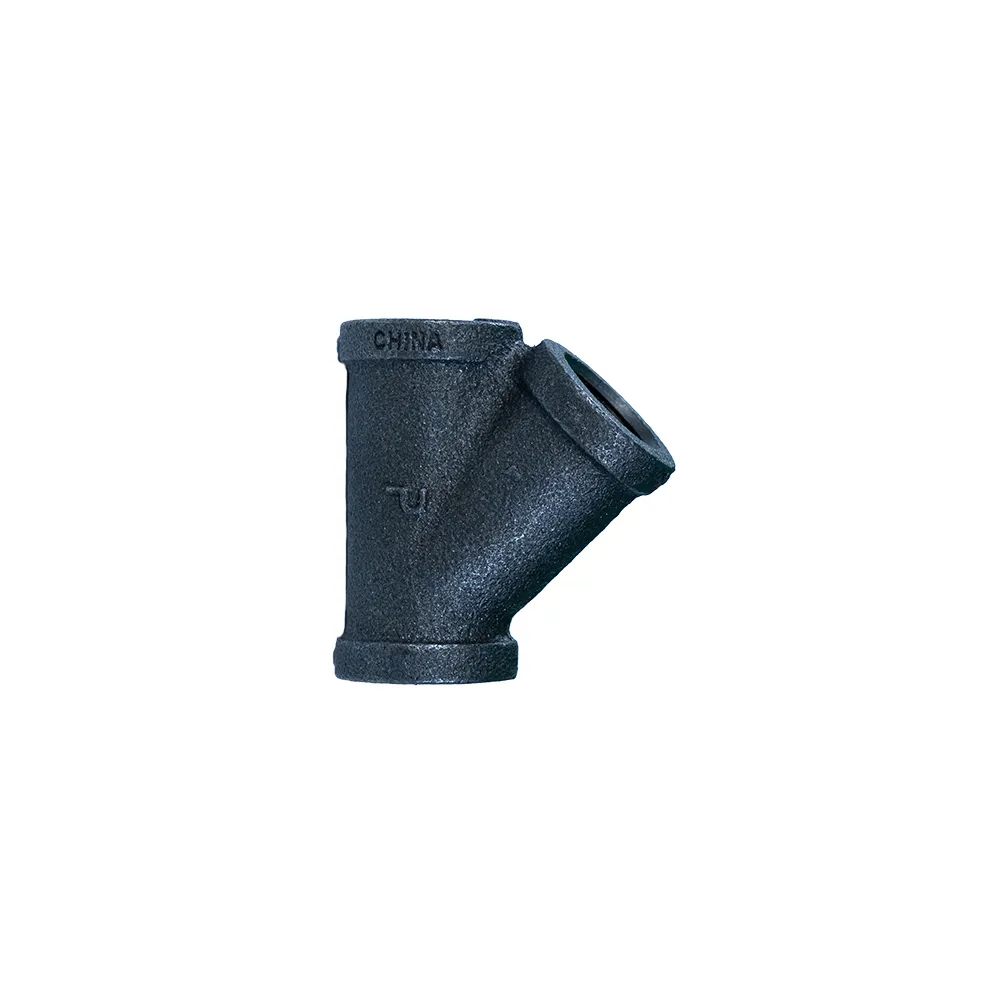Galvanised steel fittings have become a cornerstone in modern construction, plumbing, and various industrial applications. But what makes these fittings so indispensable in various sectors? Understanding their attributes and applications sheds light on their widespread adoption, which extends beyond their basic functionality to intrinsic qualities of durability and reliability.

An Investment in Durability
Galvanised steel fittings are lauded for their exceptional resilience, a characteristic that is a direct result of the galvanisation process. This process involves coating the steel with a layer of zinc, which acts as a barrier against corrosion and physical damage. Over time, structures are exposed to moisture, air pollutants, and other environmental perils. Regular steel, left uncoated, would quickly fall prey to rust, but galvanised steel thrives under such conditions, proving to be a cost-effective investment over its lifespan.

The Science of Corrosion Resistance
A significant advantage of galvanised steel fittings lies in their anti-corrosive properties, making them ideal for plumbing systems, outdoor structures, and even automotive industries where they are frequently exposed to elements that can lead to deterioration. The zinc coating does more than just provide a physical barrier; it offers sacrificial protection. If the coating is scratched or damaged, the zinc will corrode first, thereby protecting the underlying steel. This electrochemical sacrifice is integral to its prolonged integrity.
Load-Bearing Confidence
In structural applications, the strength of the material cannot be overstated. Galvanised steel fittings exhibit superior tensile strength, an essential factor when safety and structural reliability are at stake. Whether used in construction frameworks or as components within heavy machinery, these fittings can withstand significant stress and pressure. This reliability under load is crucial for engineers and builders who must comply with stringent safety standards without compromising on performance.
galvanised steel fittings
Cost Efficiency and Economic Advantage
While the initial investment for galvanised steel may be higher compared to non-treated alternatives, its long-term economic advantage is apparent. These fittings require minimal maintenance, which reduces ongoing costs and the need for frequent replacements. Building projects that integrate galvanised steel often see a longer lifecycle with fewer interruptions, translating to reduced expenditure over time and increased profit margins for companies.
Versatility in Application
The versatility of galvanised steel fittings ensures their suitability across a range of applications. In agriculture, they are pivotal for irrigation systems; in residential plumbing, they ensure leak-free, long-lasting connections; and in industrial pipelines, they permit the safe transfer of gases and liquids. Each sector benefits from the bespoke nature of fittings, available in myriad shapes and sizes to suit specific demands.
Expert Insights and Industry Validation
Professionals across various industries consistently endorse galvanised steel fittings, underscoring a shared reliance on their performance and sustainability. Building codes and industry standards often incorporate these materials, validating their necessity and trustworthiness in scenarios that demand unfaltering dependability.
Galvanised steel fittings are not merely a product of technological enhancement but a testament to adaptability and foresight in manufacturing. By balancing the needs for strength, longevity, and cost-effectiveness, they underscore a commitment to quality that aligns with the evolving landscape of modern engineering and architecture. When selecting materials for your next project, consider the proven track record of galvanised steel fittings—a decision grounded in experience, expertise, and enduring trust.
Post time:
Jan-17-2025











